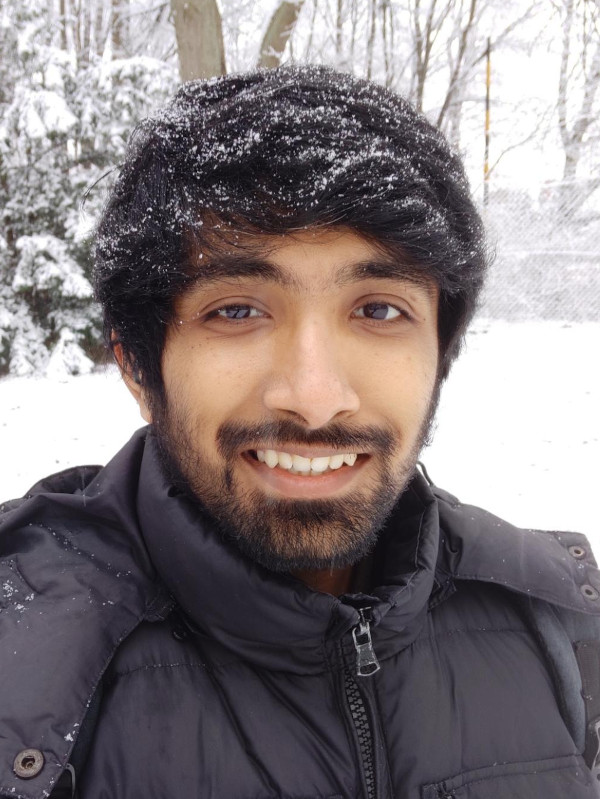In the cosmological concordance model, ΛCDM, dark matter (DM) makes up the majority of the matter content of the Universe.
But its nature is little known.
It must interact gravitationally, but whether it has further interactions is unknown.
In ΛCDM, one assumes that DM is collisionless.
But it could be that DM has additional self-interactions beyond gravity.
Such models of self-interacting dark matter (SIDM) show a different phenomenology on small scales (galactic scales) but keep the success of ΛCDM on large scales.
Thus SIDM can mitigate problems or curiosities of the small-scale crisis.
Moreover, SIDM is well motivated from the particle physics side and a variety of DM candidates that differ qualitatively in their phenomenology exist.
We study SIDM with the help of N-body simulations.
Therefore we employ the cosmological simulation code OpenGadget-3.
Our simulations include various setups, such as idealized mergers of galaxy clusters or full cosmological boxes.
Besides our efforts, there exist further projects that investigate SIDM, e.g.
ETHOS,
TangoSIDM,
Symphony or
AIDA-TNG.
However, until today we are the only ones able to faithfully simulate DM models that typically scatter about tiny angels and hence must interact frequently to alter the distribution of DM significantly.
We call these models frequently self-interacting dark matter (fSIDM), in contrast to rarely self-interacting dark matter (rSIDM) with large scattering angles.
In the paper by Fischer et al. 2021a, we have introduced the first numerical scheme that allows simulating such models from first principles.
Frequent self-interactions are well motivated by particle physics, e.g. light mediator models fall into this class.
Their phenomenology is particularly interesting as they can explain larger offsets between galaxies and DM in cluster mergers and suppress the abundance of satellites at late times more strongly than rSIDM.
A lot more is waiting to be explored, and we continue studying the differences between DM candidates through simulations.
Several projects concerning various aspects of SIDM are underway.







